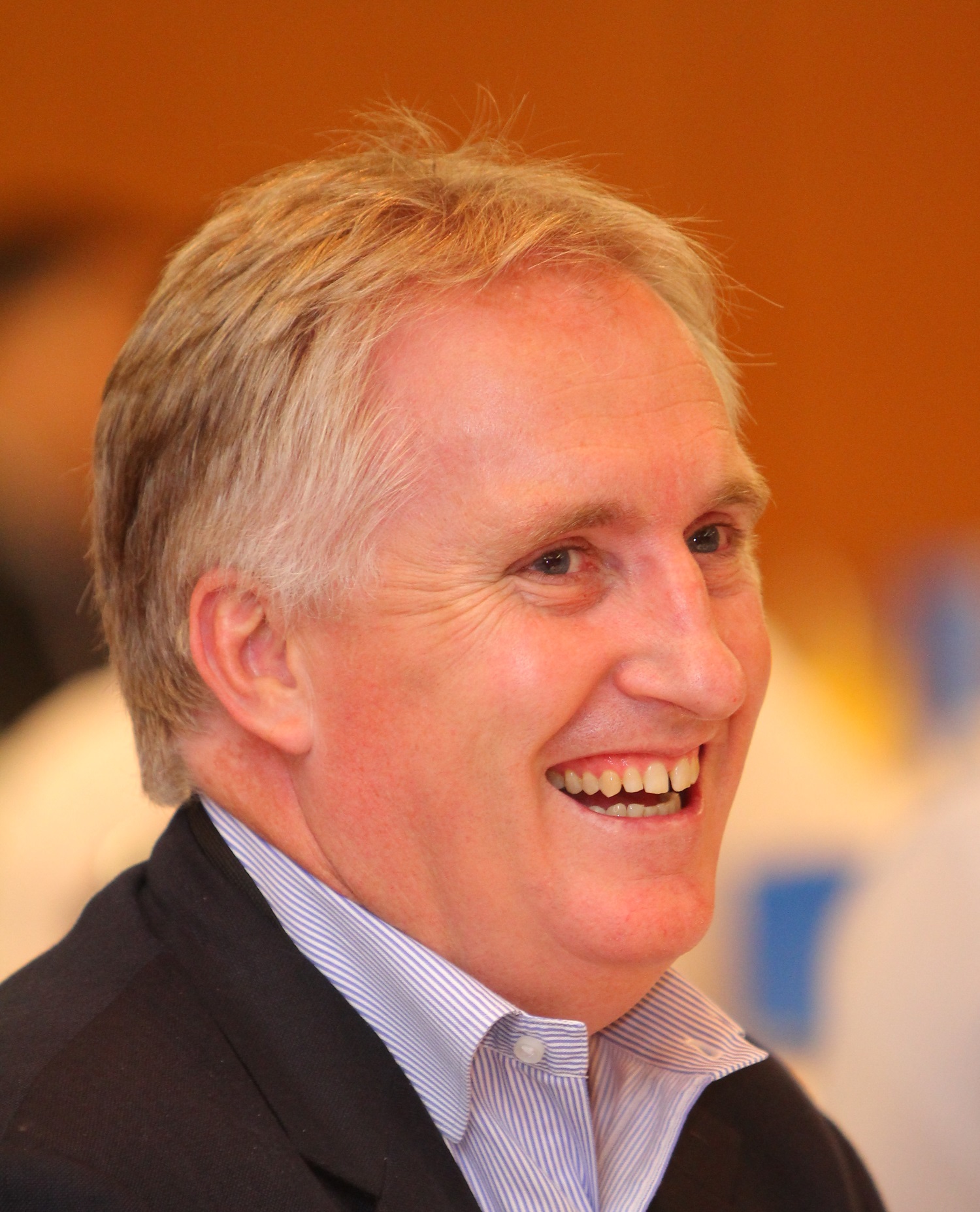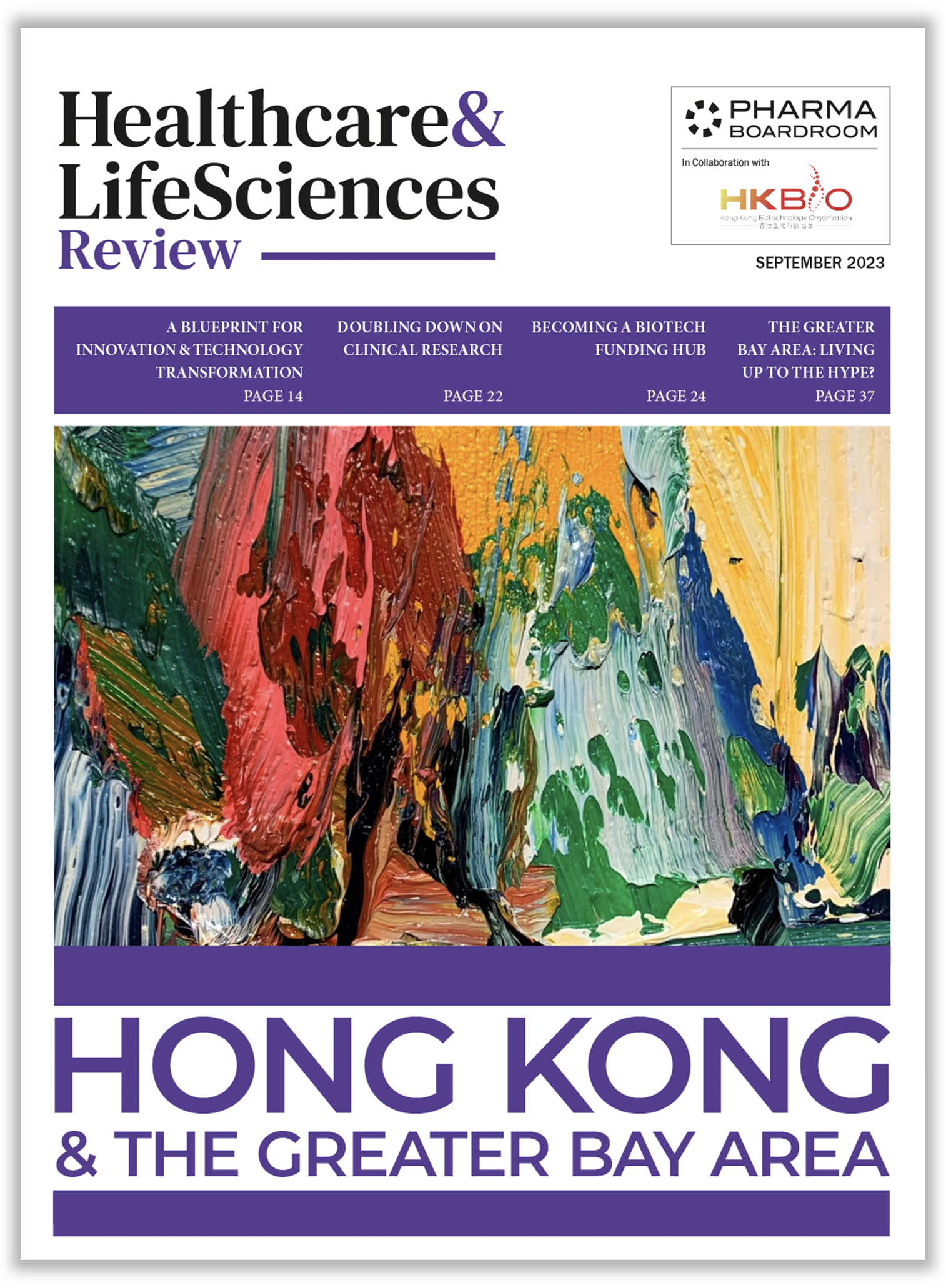In an exclusive interview with Brent Scott, President of Asia for Stryker, he highlights the growth potential of the region, Stryker’s aggressive acquisition strategy, and the strategic partnerships in the region.
With 70 per cent of the businesses revenue coming from the US, how important is Asia as a region to the global group? What is your footprint in the region?
At Stryker the Asia region covers China all the way through to India including all the ASEAN countries. We exclude Japan, Australia and New Zealand, where we have standalone businesses. The most important markets for me are China and India, whereas China is the largest market in size and India displays the most potential in terms of growth.
Indeed, we perform very well in the US and we want to continue doing so but we also aim to increase our market share on an international level. In this regard, Asia is a very important cluster for the global group as the region exhibits growth rates two-to three times faster than those of the US and other Western economies.
In terms of footprint, we have three manufacturing facilities in China and an R&D center as well as an IT center in India. Overall, we employ approximately 3000 people in the region. In addition, we shifted our regional headquarters from Hong Kong to Singapore roughly four years ago when we decided to establish a shared services hub in Singapore, housing the functions of finance, marketing, IT, HR, business development and legal under one roof.
Stryker operates in Orthopaedics, Medical Surgical Technology and Neurotechnology & Spine. What’s the breakdown of your portfolio in Asia and how do you see it evolving in the future?
Our portfolio in Asia roughly replicates the global breakdown (Orthopaedics (43%), Medical Surgical Technology (39%) and Neurotechnology & Spine (18%), e.d.). It is diversified to such a degree so that no one segment dominates, which is one of Stryker’s strengths.
What differs in Asia however is the age of the portfolio because we face very slow regulatory environments and thus, very slow introduction to new technology, particularly in China. I see the most growth prospects in our Medical Surgical Business because much of it is based around hospital infrastructure, where we see increasing activity in the region. New hospitals need operating theaters, including lights, beds, stretchers, trolley’s, and medical video cameras, which is exactly at the core of what we do. Right now the patient demand for services tremendously outstrips supply, so there is a shortage of hospitals and operating capacity. As the public and private sector starts to invest in hospitals, we see the infrastructure-focused segment of our business becoming more and more significant.
The other sector I believe will be growing significantly is minimally invasive surgery, which refers to our camera business. Western markets practice more laparoscopic and minimally invasive surgery than emerging markets do but we are seeing an increasing in demand by surgeons for education and training in this area.
On the orthopedic side, trauma is a high demand area due to the high number of motorcycles and road accidents as well as the amount of construction-related injuries. Many patients with fractures will never receive the surgery that they need.
All in all, the process of meeting these different demands starts with building infrastructure, then training surgeons, and subsequently increasing supply.
How is Stryker partnering with local stakeholders to increase quality of and access to care?
We have some very interesting projects going on in this regard, one of them being India. Although India is lagging massively in terms of infrastructure, we have identified some interesting developments. For example, we have just entered an exciting agreement with the India and UK Institute of Health, which is building more hospitals in India. In particular, eleven hospitals will be built, with one thousand beds each, located in key centers in India.
The UK government will then support these hospitals with education and training. We are one of the preferred partners for this project, which means that we will be building and running training centers in these facilities.
In addition, the Chinese government announced twelve months ago that they would now allow for overseas investment in private hospitals. This move has been unprecedented in China and we are welcoming this opening stance towards the private sector, hoping it will increase in the future. The main reason behind this opening is the aforementioned supply and the government is slowly realizing that without the private sector, it will not be able to meet the demand of its patients. Countries like Singapore, the US, the UK, and Japan are now all looking at how they can invest in China Healthcare.
In terms of public and private partnerships we have in Asia – we partner with universities for research and development, primarily for early stage scientific development and testing.
What would you highlight as the most salient trends impacting healthcare systems across Asia Pacific today and the type of opportunities that these trends have created for medtech companies like Stryker?
I would highlight the impact of digital technology on healthcare as one of the prominent and exciting trends. We recently acquired Mako, which provides robotic assisted surgery for hip and knee implants. We completed the first surgery at Shanghai Hospital No. 6 and the surgeon broadcasted the surgery over a WeChat channel to over 70.000 surgeons in China. This example alone demonstrates the impact that social media and digital technology can have on training, education and communication.
We have also made a large investment in robotics due to the level of percision and accuracy robots can bring to surgery. These tools can provide immediately the accuracy that may take a surgeon years to perfect.
I am convinced that we will see a lot more happening in both digital technology and robotics in the years ahead and they will tremendously shape the way surgeons will operate.
This also means that Stryker as a company has to adapt to these developments, especially the way we conduct training, education, marketing and communication. Naturally, all our equipment and products still require physical presence in the operating room, thus – the last mile of delivery will remain the same – but there will be changes in the way we execute marketing, communication, education and training and service delivery. In addition, the remote diagnosis of patients, streamlined efficiencies in patient diagnosis, treatment and recovery times will all impact both the quantity and quality of patient treatments.
In 2016 alone, Stryker acquired Sage Products, Stanmore Implants Worldwide, Physio-Control Intl, as well as Synergetic’s Neuro Portfolio and the vertebral compression fracture portfolio of BD. Given Stryker’s aggressive inorganic growth, how do you prioritize in terms of rapidly integrating new products?
We have been called a serial acquirer and the history of Stryker is in making acquisitions to expand our footprint. Our strategy is to stick to what we know and what we are good at by making acquisitions mostly in adjacent segments. It is primarily about boosting the portfolio within our existing business units. Many of the acquisitions are what we call “tuck in”, which means that it is a technology or product that we can bring to our sales force, use our manufacturing capabilities and give the acquired company global access. The integration of the acquired businesses is interesting, especially in terms of corporate culture because small companies suddenly joining a corporation with over 30.000 employees involves a large change in how things get done. We have also made some larger acquisitions that involved more of blending the cultures. During other acquisitions in emerging markets we even decided to effectively leave them operating independently because their agility and low cost structure were part of what made them so valuable. Our integration strategy is largely based on what it is that the company is bringing to Stryker and ensuring that we perserve and embrace the strengths of the company.
How would you classify the importance of the region and Singapore for the future of Stryker?
There is great awareness of the opportunities in the Asian market and an increased focus on winning in this part of the world. As mentioned in the beginning, we foresee it to grow two to three times faster than the US or Europe. For 16 consecutive quarters, our organic growth at Stryker has been above five per cent. To continue these growth rates as a company, moving forward we see strong growth in our Asian business to be critical.
Singapore is and will remain our regional office and we see it as the best location in terms of ease of doing business, the ability to attract quality people and the secure business environment. We see the Singapore market as small relative to the region, but we also see it as a highly influential market in terms of product and technology trends, education and training opportunities.







